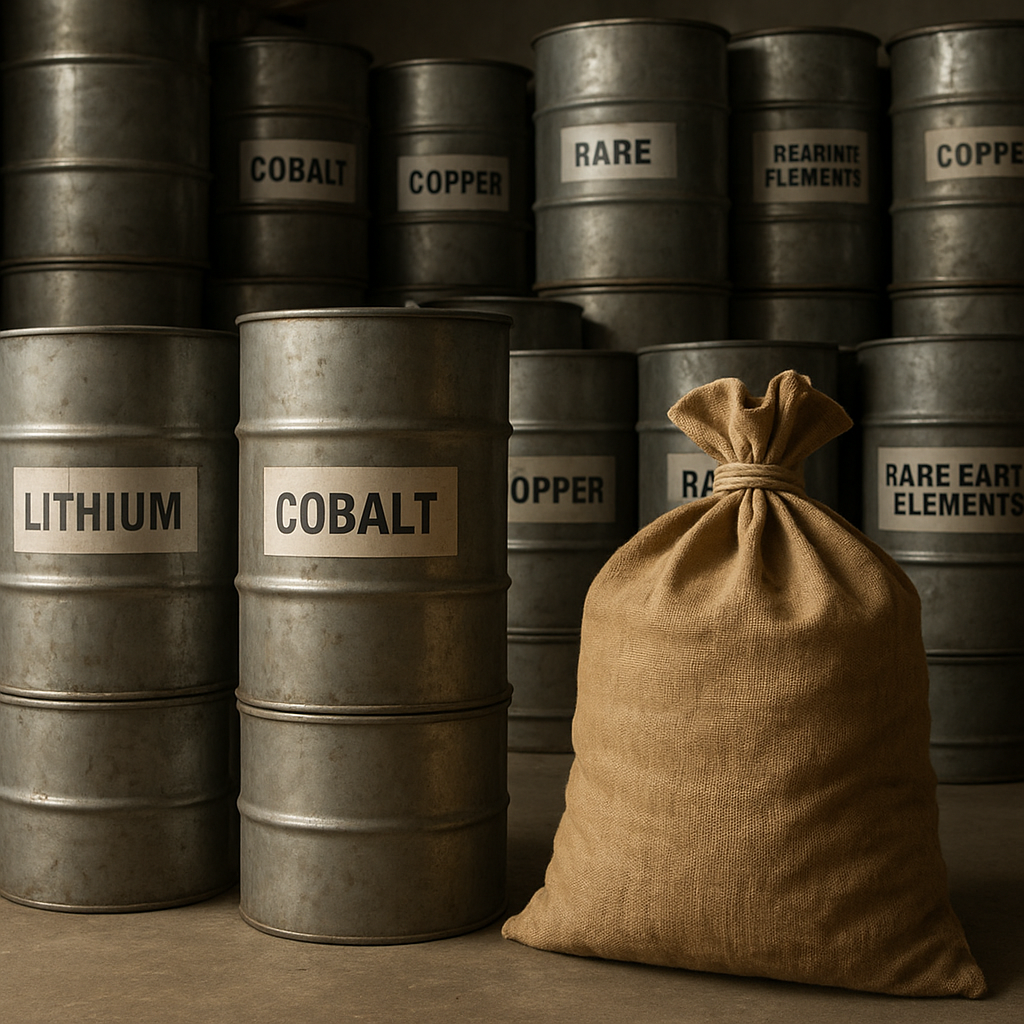The increasing demand for clean energy technologies has brought rare metals into the spotlight, as they play a crucial role in the development and efficiency of these technologies. Rare metals, often referred to as rare earth elements, are essential components in the production of wind turbines, solar panels, electric vehicles, and other clean energy solutions. However, their scarcity and the complexities involved in their extraction and processing significantly impact the cost and scalability of clean energy technologies.
The Role of Rare Metals in Clean Energy Technologies
Rare metals are indispensable in the advancement of clean energy technologies due to their unique properties. Elements such as neodymium, dysprosium, and terbium are vital for the production of high-strength magnets used in wind turbines and electric vehicle motors. These magnets are crucial for improving the efficiency and performance of these technologies, making them more viable alternatives to fossil fuels.
In solar energy, rare metals like indium, gallium, and tellurium are used in the production of thin-film solar cells. These materials allow for the creation of lightweight, flexible solar panels that can be integrated into a variety of surfaces, expanding the potential applications of solar energy. Additionally, rare metals are used in the production of energy storage systems, such as lithium-ion batteries, which are essential for storing energy generated from renewable sources.
The reliance on rare metals in clean energy technologies underscores their importance in the transition to a sustainable energy future. However, the limited availability and geopolitical concentration of these metals pose significant challenges to the widespread adoption of clean energy solutions.
Challenges in the Supply Chain of Rare Metals
The supply chain of rare metals is fraught with challenges that impact the cost and availability of these critical materials. One of the primary issues is the geographical concentration of rare metal reserves. A significant portion of the world’s rare metal production is concentrated in a few countries, with China being the dominant player. This concentration creates a supply risk, as geopolitical tensions or trade restrictions can disrupt the availability of these metals on the global market.
Moreover, the extraction and processing of rare metals are complex and environmentally challenging. Mining operations often result in significant environmental degradation, including habitat destruction, water pollution, and the release of toxic byproducts. These environmental concerns have led to stricter regulations and increased scrutiny, further complicating the supply chain and driving up costs.
Additionally, the refining and processing of rare metals require advanced technologies and significant energy inputs, contributing to the overall cost of these materials. The combination of these factors results in a volatile market for rare metals, with prices subject to fluctuations based on supply disruptions, regulatory changes, and shifts in demand.
Strategies for Mitigating the Impact of Rare Metal Costs
To address the challenges associated with the cost and availability of rare metals, several strategies are being explored. One approach is the development of alternative materials and technologies that reduce or eliminate the need for rare metals. Researchers are investigating the use of abundant and less expensive materials to replace rare metals in clean energy applications, which could help stabilize costs and reduce supply chain risks.
Recycling and recovery of rare metals from end-of-life products is another promising strategy. By establishing efficient recycling processes, it is possible to reclaim valuable rare metals from discarded electronics, batteries, and other products, reducing the need for new mining operations and minimizing environmental impact.
Furthermore, international collaboration and diversification of supply sources can help mitigate the geopolitical risks associated with rare metal production. By investing in mining operations and processing facilities in different regions, countries can reduce their dependence on a single supplier and enhance the resilience of the global supply chain.
In conclusion, while rare metals are essential for the advancement of clean energy technologies, their scarcity and the challenges associated with their supply chain significantly impact the cost and scalability of these solutions. By exploring alternative materials, improving recycling efforts, and diversifying supply sources, it is possible to mitigate these challenges and support the transition to a sustainable energy future.












